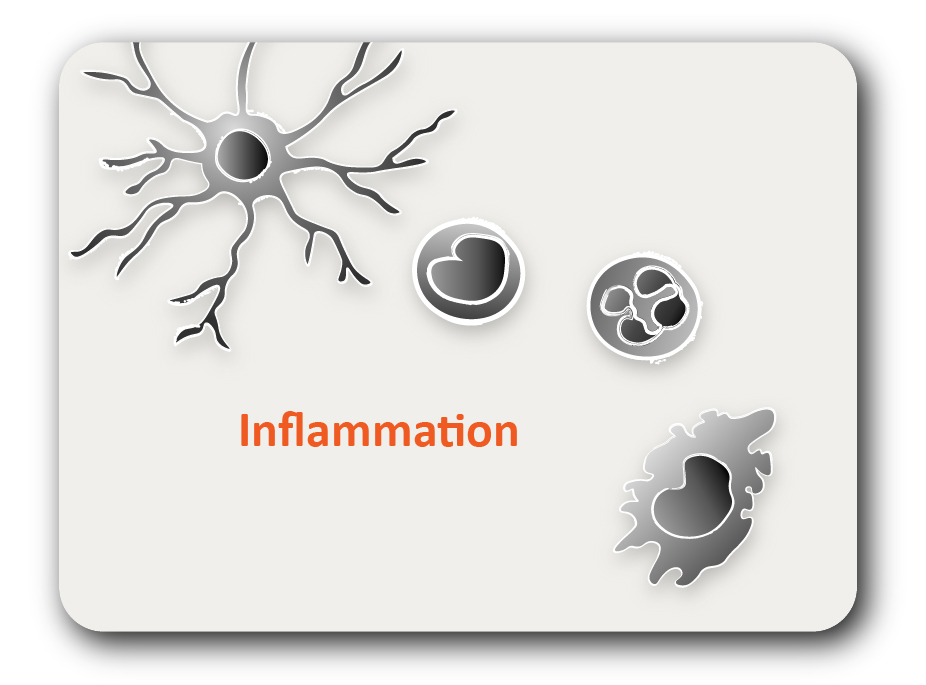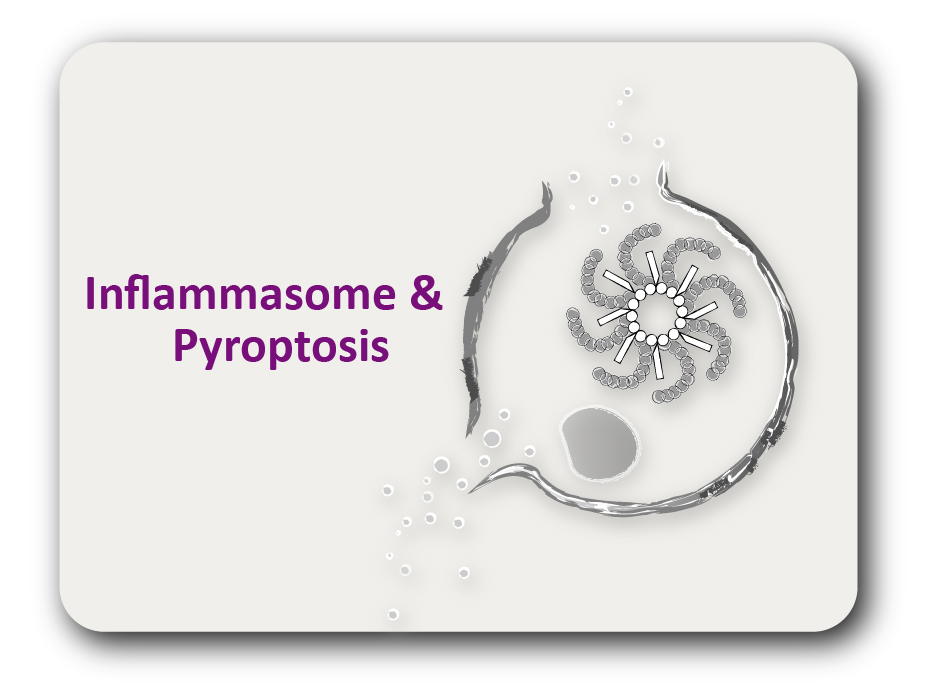ARG40191
anti-TMEM173 / STING antibody
anti-TMEM173 / STING antibody for Flow cytometry,ICC/IF,Western blot and Human
概述
| 产品描述 | Rabbit Polyclonal antibody recognizes TMEM173 / STING |
|---|---|
| 反应物种 | Hu |
| 应用 | FACS, ICC/IF, WB |
| 宿主 | Rabbit |
| 克隆 | Polyclonal |
| 同位型 | IgG |
| 靶点名称 | TMEM173 / STING |
| 抗原物种 | Human |
| 抗原 | Synthetic peptide derived from Human TMEM173 / STING. |
| 偶联标记 | Un-conjugated |
| 別名 | MPYS; hSTING; hMITA; Transmembrane protein 173; ERIS; STING; Stimulator of interferon genes protein; Mediator of IRF3 activation; SAVI; Endoplasmic reticulum interferon stimulator; NET23; MITA |
应用说明
| 应用建议 |
|
||||||||
|---|---|---|---|---|---|---|---|---|---|
| 应用说明 | * The dilutions indicate recommended starting dilutions and the optimal dilutions or concentrations should be determined by the scientist. | ||||||||
| 阳性对照 | HeLa | ||||||||
| 实际分子量 | ~ 37 kDa |
属性
| 形式 | Liquid |
|---|---|
| 纯化 | Affinity purified. |
| 缓冲液 | PBS (pH 7.4), 150 mM NaCl, 0.02% Sodium azide and 50% Glycerol. |
| 抗菌剂 | 0.02% Sodium azide |
| 稳定剂 | 50% Glycerol |
| 存放说明 | For continuous use, store undiluted antibody at 2-8°C for up to a week. For long-term storage, aliquot and store at -20°C. Storage in frost free freezers is not recommended. Avoid repeated freeze/thaw cycles. Suggest spin the vial prior to opening. The antibody solution should be gently mixed before use. |
| 注意事项 | For laboratory research only, not for drug, diagnostic or other use. |
生物信息
| 数据库连接 |
Swiss-port # Q86WV6 Human Stimulator of interferon genes protein |
|---|---|
| 基因名称 | TMEM173 |
| 全名 | transmembrane protein 173 |
| 背景介绍 | This gene encodes a five transmembrane protein that functions as a major regulator of the innate immune response to viral and bacterial infections. The encoded protein is a pattern recognition receptor that detects cytosolic nucleic acids and transmits signals that activate type I interferon responses. The encoded protein has also been shown to play a role in apoptotic signaling by associating with type II major histocompatibility complex. Mutations in this gene are the cause of infantile-onset STING-associated vasculopathy. Alternate splicing results in multiple transcript variants. [provided by RefSeq, Sep 2014] |
| 生物功能 | Facilitator of innate immune signaling that acts as a sensor of cytosolic DNA from bacteria and viruses and promotes the production of type I interferon (IFN-alpha and IFN-beta). Innate immune response is triggered in response to non-CpG double-stranded DNA from viruses and bacteria delivered to the cytoplasm. Acts by recognizing and binding cyclic di-GMP (c-di-GMP), a second messenger produced by bacteria, and cyclic GMP-AMP (cGAMP), a messenger produced in response to DNA virus in the cytosol: upon binding of c-di-GMP or cGAMP, autoinhibition is alleviated and TMEM173/STING is able to activate both NF-kappa-B and IRF3 transcription pathways to induce expression of type I interferon and exert a potent anti-viral state. May be involved in translocon function, the translocon possibly being able to influence the induction of type I interferons. May be involved in transduction of apoptotic signals via its association with the major histocompatibility complex class II (MHC-II). Mediates death signaling via activation of the extracellular signal-regulated kinase (ERK) pathway. Essential for the induction of IFN-beta in response to human herpes simplex virus 1 (HHV-1) infection. [UniProt] |
| 细胞定位 | Endoplasmic reticulum membrane; Multi-pass membrane protein. Mitochondrion outer membrane; Multi-pass membrane protein. Cell membrane; Multi-pass membrane protein. Cytoplasm, perinuclear region. Cytoplasm. In response to double-stranded DNA stimulation, relocalizes to perinuclear region, where the kinase TBK1 is recruited. [UniProt] |
| 产品亮点 | Related products: TMEM173 antibodies; Anti-Rabbit IgG secondary antibodies; Related news: Exploring Antiviral Immune Response |
| 预测分子量 | 42 kDa |
| 翻译后修饰 | Phosphorylated on tyrosine residues upon MHC-II aggregation (By similarity). Phosphorylated on Ser-358 by TBK1, leading to activation and production of IFN-beta. Ubiquitinated (PubMed:19285439, PubMed:19433799, PubMed:21074459, PubMed:25254379). 'Lys-63'-linked ubiquitination mediated by TRIM56 at Lys-150 promotes homodimerization and recruitment of the antiviral kinase TBK1 and subsequent production of IFN-beta (PubMed:21074459). 'Lys-48'-linked polyubiquitination at Lys-150 occurring after viral infection is mediated by RNF5 and leads to proteasomal degradation (PubMed:19285439). 'Lys-11'-linked polyubiquitination at Lys-150 by RNF26 leads to stabilize TMEM173/STING: it protects TMEM173/STING from RNF5-mediated 'Lys-48'-linked polyubiquitination (PubMed:25254379). [UniProt] |
检测图片 (1) Click the Picture to Zoom In






